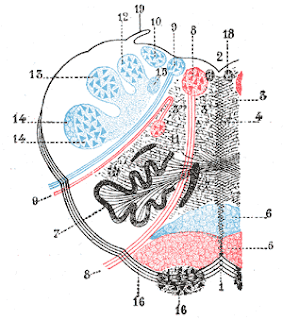

Schmerzen im Nacken, zuweilen auch im linken Auge.Ģ. Taubheitsgefühl in der linken Gesichtshälfte, rechten Körperhälfte mit Ausnahme des Gesichtes.Ĥ. Schwindel, Neigung nach links zu fallen.Ģ. Zwei bis drei Monate nach dem Insult etwa folgender Status:ġ. His findings, alongside a detailed examination of seven brains, and the anatomical work of Henri Duret (1849-1921), allowed him to accurately localise the site of the lesion. The gentleman who is the subject of the following singular case is Dr Vieusseux, an eminent physician of Geneva…whilst in London he was induced to draw up and communicate to the Society the particulars of his own case… Marcet 1811įollowing the death of Vieusseux in 1814, Marcet writes ‘ it is much to be regretted that his head was not opened.‘ġ811 – Hermann Senator (1834-1911) described a case of a 56-year old ex-baker exhibiting the clinical features seen in lateral medullary syndrome, however could not identify the origin of the lesion.ġ894 – Adolf Wallenberg intricately detailed the clinical findings of a 38-year old man with the syndromic features. “ Lateral numbness of the face, loss of pain appreciation and temperature in the limbs, dysphasia, hoarseness, tongue problems, hiccups (which disappeared smoking a cigarette in the morning) and inclined eyelid“.ġ810 – Alexander Marcet (1770 – 1822) reproduced the case for the Royal Society.

General Symptomsġ808 – Gaspard Vieusseux (1746 – 1814) recorded a detailed description of his own illness (suffered on 29th of December, 1807) at a meeting of the Société médicochirugicale de Genève. High-risk group is typically the elderly vasculopath presenting with dizziness/vertigo, loss of balance with gait instability, hoarse voice and difficulty swallowing. The infarcted area in Wallenberg syndrome is supplied by the posterior inferior cerebellar artery (PICA) usually secondary to atherothrombosis of the vertebral artery (80%), or posterior inferior cerebellar artery. Wallenberg Syndrome (aka: lateral medullary syndrome or the posterior inferior cerebellar artery syndrome) is a neurological disorder with a variety of symptoms associated with posterior circulation ischemic stroke.


 0 kommentar(er)
0 kommentar(er)
